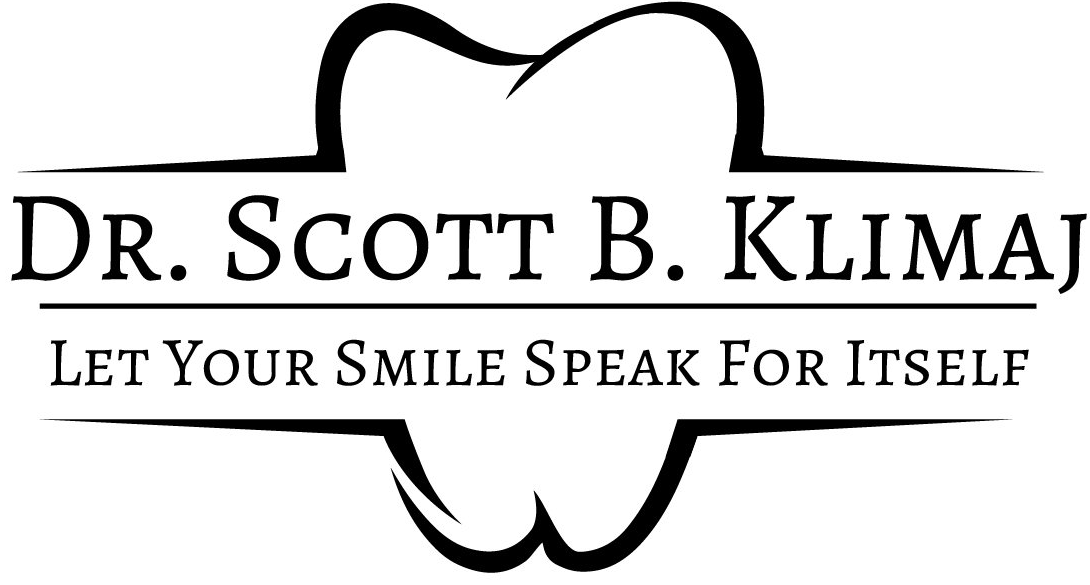Tooth Extractions: What to Expect
Although it sounds complicated, a tooth extraction is a routine procedure that according to The Mayo Clinic carries a very low risk of long-term complications. The procedure itself is painless when performed by an experienced dentist or oral surgeon, and the recovery process is usually equally simple.
Causes for Tooth Extraction
There are many reasons why a dental healthcare provider would recommend extracting one or more teeth. One of the most common reasons is due to severe tooth decay beyond what is reasonable to save. In these cases, an extraction is performed to prevent infection and also make the patient more comfortable.
A dentist may also recommend extraction for impacted teeth, malfunctioning teeth or teeth that are hard to clean, such as the wisdom teeth. Removal of wisdom teeth can prevent crowding and may also be more prone to causing inflammation or infection if they do not fully emerge.
Procedure
Although there are exceptions, most tooth extractions are uneventful procedures that last only a few minutes. Usually, the dentist or surgeon will have already taken x-rays of the teeth prior to the procedure. The tooth, gum and bone will then be anesthetized using a local numbing agent for a patient who will be awake for the extraction. Nitrous oxide, or laughing gas, may also be administered to help with anxiety during the procedure. Once the extraction begins, patients should feel only pressure – not pain. In most cases, the dentist can remove the tooth using only applied pressure to the socket and dental forceps, rather than surgical intervention.
In some cases, a dentist or oral surgeon will recommend full sedation – especially if there will be more than one tooth extracted during the procedure. In this case, the patient is instead given anesthesia intravenously to prevent pain throughout the entire body. Patients who undergo a sedated tooth extraction will have no memory of the procedure.
Recovery
Following a dental extraction, the dentist or oral surgeon will have a very specific set of instructions for caring for the extraction site in the hours and days following the tooth removal. Usually, this involves leaving gauze on the extraction site to minimize bleeding for the first few hours.
Depending on the type of tooth extraction performed, the dentist or oral surgeon may also prescribe medication to help relieve pain for the first few days following the procedure. So long as the extraction site is kept clean and patients follow the instructions for care, the gums should heal in a matter of weeks without complication or infection. Furthermore, if necessary and once the extraction site heals, the dentist can replace one or more missing teeth with a bridge, a denture or a permanent dental implant for both functional and aesthetic purposes.
Go Back to Services
Causes for Tooth Extraction
There are many reasons why a dental healthcare provider would recommend extracting one or more teeth. One of the most common reasons is due to severe tooth decay beyond what is reasonable to save. In these cases, an extraction is performed to prevent infection and also make the patient more comfortable.
A dentist may also recommend extraction for impacted teeth, malfunctioning teeth or teeth that are hard to clean, such as the wisdom teeth. Removal of wisdom teeth can prevent crowding and may also be more prone to causing inflammation or infection if they do not fully emerge.
Procedure
Although there are exceptions, most tooth extractions are uneventful procedures that last only a few minutes. Usually, the dentist or surgeon will have already taken x-rays of the teeth prior to the procedure. The tooth, gum and bone will then be anesthetized using a local numbing agent for a patient who will be awake for the extraction. Nitrous oxide, or laughing gas, may also be administered to help with anxiety during the procedure. Once the extraction begins, patients should feel only pressure – not pain. In most cases, the dentist can remove the tooth using only applied pressure to the socket and dental forceps, rather than surgical intervention.
In some cases, a dentist or oral surgeon will recommend full sedation – especially if there will be more than one tooth extracted during the procedure. In this case, the patient is instead given anesthesia intravenously to prevent pain throughout the entire body. Patients who undergo a sedated tooth extraction will have no memory of the procedure.
Recovery
Following a dental extraction, the dentist or oral surgeon will have a very specific set of instructions for caring for the extraction site in the hours and days following the tooth removal. Usually, this involves leaving gauze on the extraction site to minimize bleeding for the first few hours.
Depending on the type of tooth extraction performed, the dentist or oral surgeon may also prescribe medication to help relieve pain for the first few days following the procedure. So long as the extraction site is kept clean and patients follow the instructions for care, the gums should heal in a matter of weeks without complication or infection. Furthermore, if necessary and once the extraction site heals, the dentist can replace one or more missing teeth with a bridge, a denture or a permanent dental implant for both functional and aesthetic purposes.
Go Back to Services


